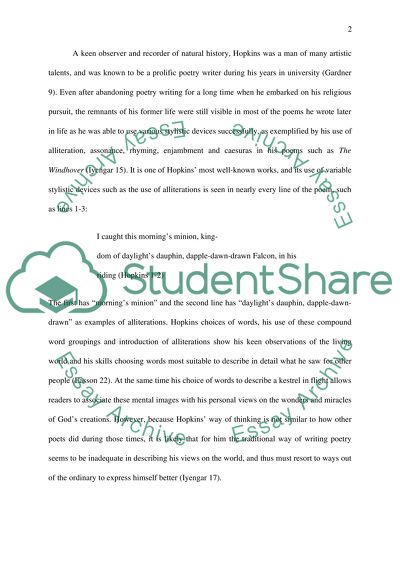Cite this document
(“Poetry Analysis of The Windhover by Gerard Manley Hopkins Essay”, n.d.)
Retrieved from https://studentshare.org/literature/1497273-poetry-analysis-of-the-windhover-by-gerard-manley
Retrieved from https://studentshare.org/literature/1497273-poetry-analysis-of-the-windhover-by-gerard-manley
(Poetry Analysis of The Windhover by Gerard Manley Hopkins Essay)
https://studentshare.org/literature/1497273-poetry-analysis-of-the-windhover-by-gerard-manley.
https://studentshare.org/literature/1497273-poetry-analysis-of-the-windhover-by-gerard-manley.
“Poetry Analysis of The Windhover by Gerard Manley Hopkins Essay”, n.d. https://studentshare.org/literature/1497273-poetry-analysis-of-the-windhover-by-gerard-manley.


